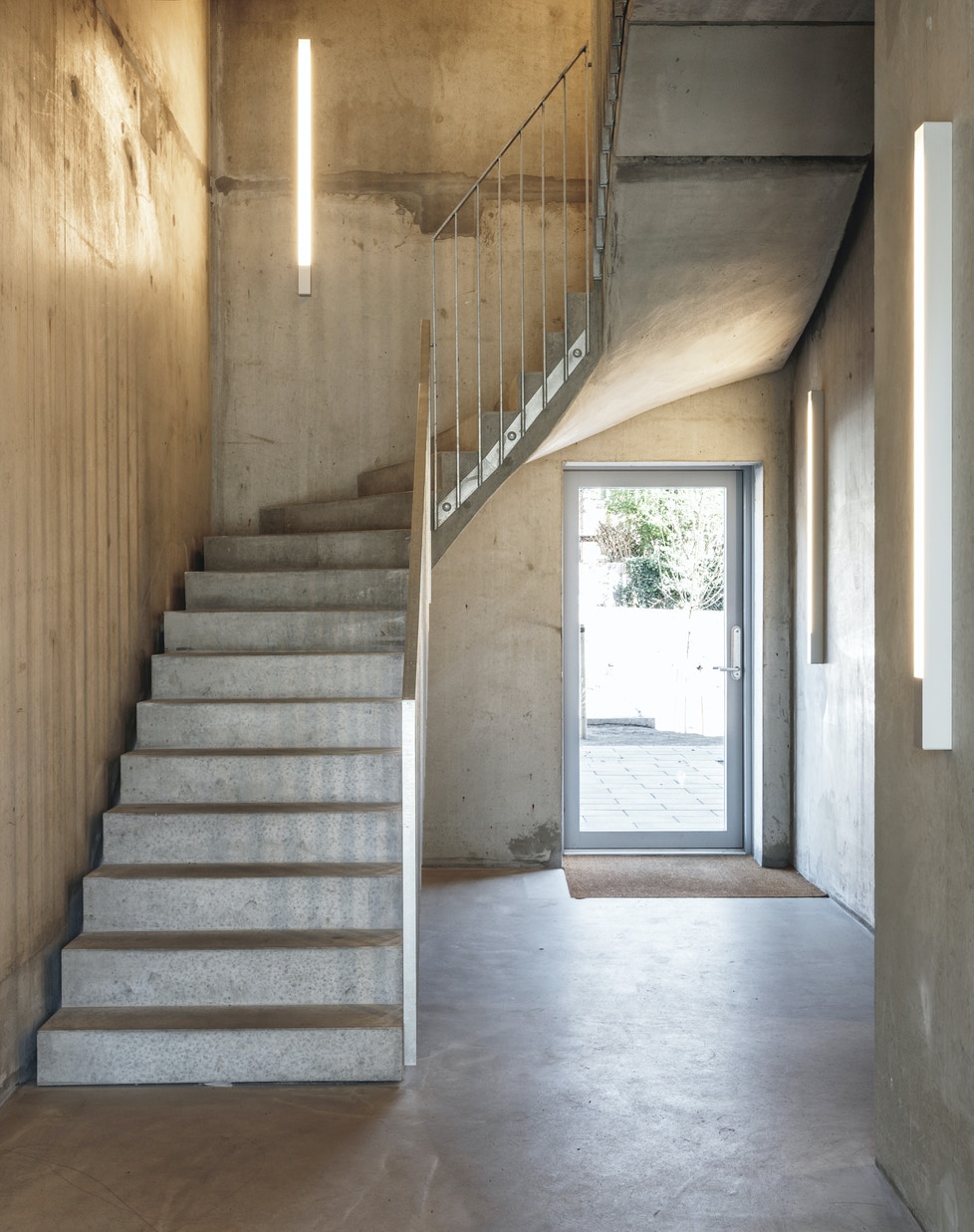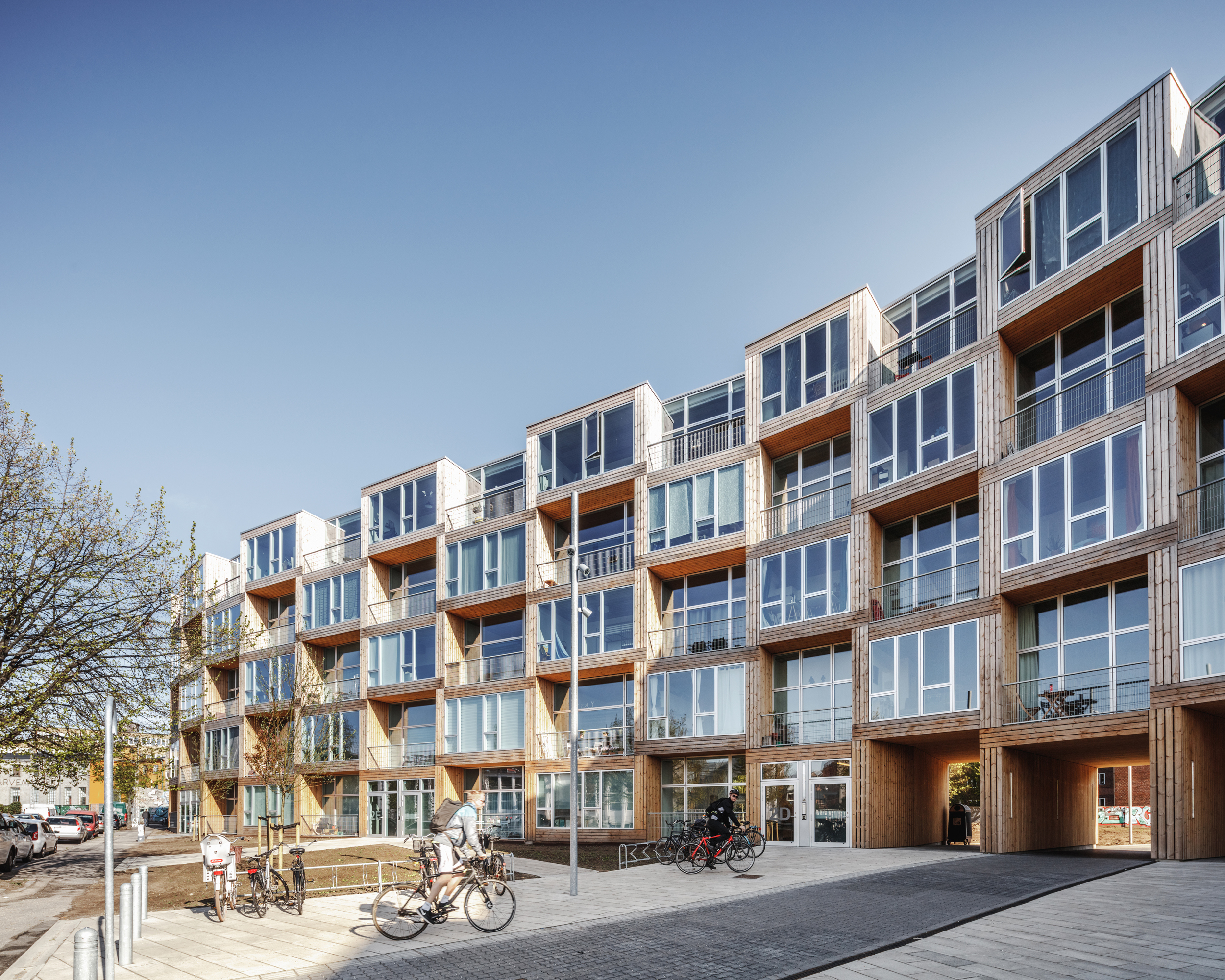01
End poverty in all its forms everywhere
More than 700 million people, or 10% of the world population, still live in extreme poverty and are struggling to fulfil the most basic needs like health, education, and access to water and sanitation, to name a few. The majority of people living on less than $1.90 a day live in sub-Saharan Africa. Worldwide, the poverty rate in rural areas is 17.2 percent – more than three times higher than in urban areas.
Having a job does not guarantee a decent living. In fact, 8 percent of employed workers and their families worldwide lived in extreme poverty in 2018. Poverty affects children disproportionately. One out of five children live in extreme poverty. Ensuring social protection for all children and other vulnerable groups is critical if we want to reduce poverty.
Poverty has many dimensions, but its causes include unemployment, social exclusion and high vulnerability of certain populations to disasters, diseases and other phenomena which prevent them from being productive. Growing inequality is detrimental to economic growth and undermines social cohesion, increasing political and social tensions and, in some circumstances, driving instability and conflicts.
THIS GOAL AND ARCHITECTURE
Architecture cannot lift people out of poverty, but the built environment can affect the impact of poverty on people’s life through access to housing and institutions that are affordable.
Through building design and planning, architects can develop buildings and settlements that are cheap, safe and healthy. Examples of this can be found in social housing schemes, co-ops and projects for urban upgrading.
The overarching principle is that buildings and services must secure the highest possible value from available funds and resources. This demands the development of new architectural solutions. As part of this, buildings must be designed using products and materials that do not compromise the environment, while maintaining the affordability of current, environmentally problematic solutions, such as the metal sheet roof. Furthermore, architecture, landscape design and planning must adapt the built environment to climatic, geographical and cultural contexts, working with the surrounding environment and not against it, in order to increase quality of life while helping inhabitants save on electricity and other services. As part of this, architects working on development projects must engage the local communities and help weak and poor citizens gain ownership of the built environment of which they are a part. Finally, the building process itself must take place under conditions that protect both the environment and the poor and marginalized stakeholders.



